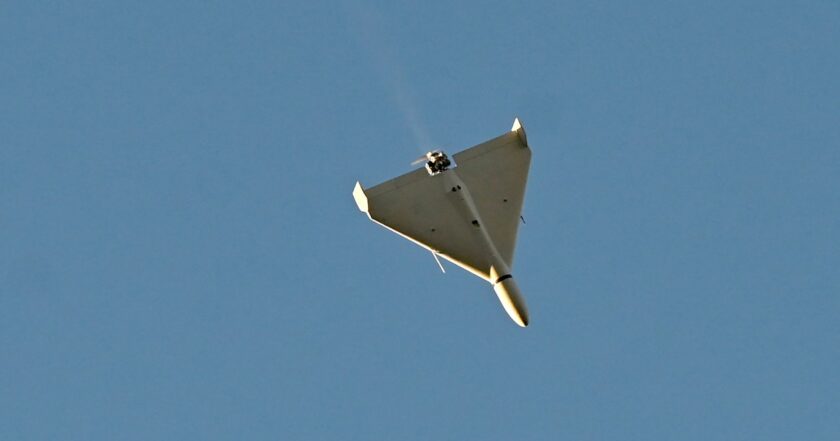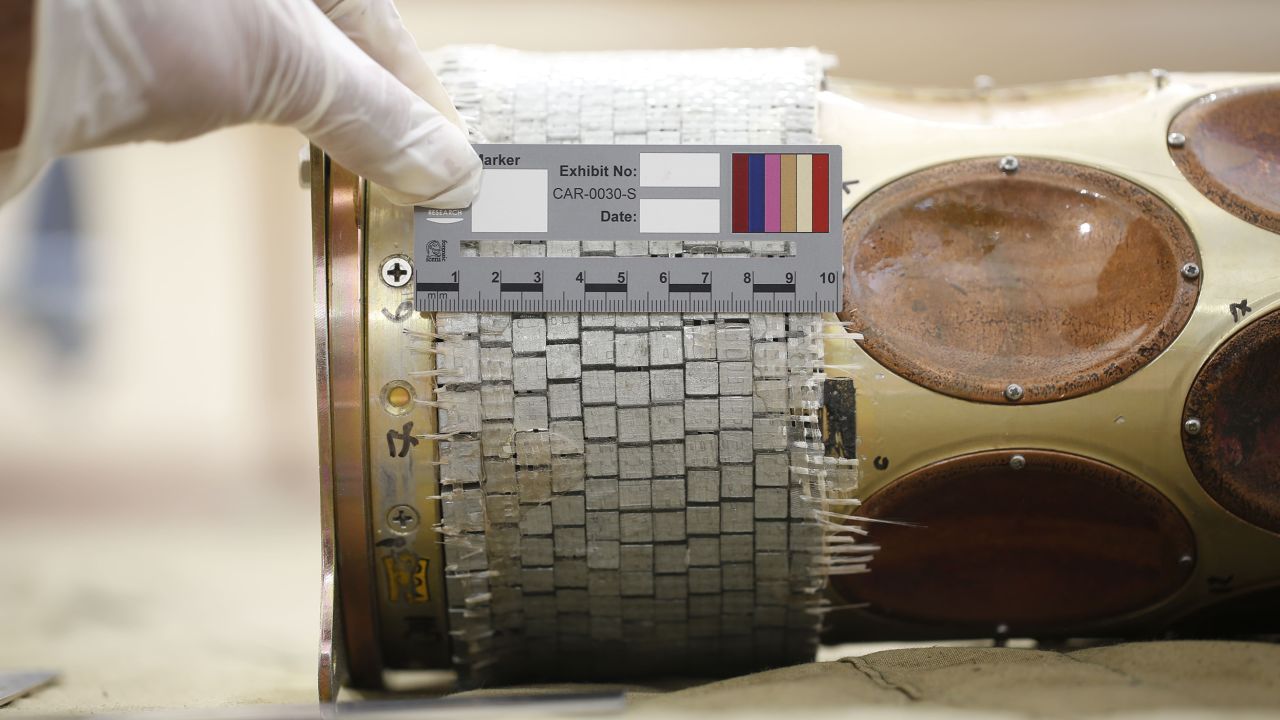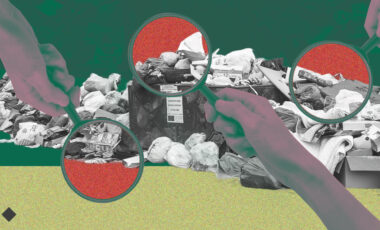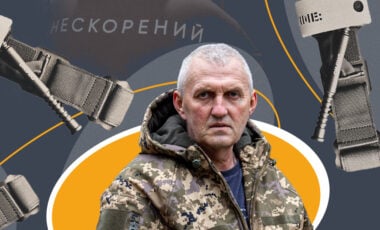Iran modified drones to maximize damage to Ukrainian infrastructure – CNN

Photo: Getty Image
According to a recent investigation, Iran appears to be altering the attack drones it supplies to russia so that the explosive warheads can cause maximum damage to infrastructure targets within Ukraine, CNN reports.
Iran has provided russia with drones to deploy in its war with Ukraine, many of which have devastatingly attacked Ukraine's power grid and energy facilities to deprive citizens in Ukraine of heat, electricity, or running water, thus putting pressure on the population and leadership to make concessions.
Ukrainian president Volodymyr Zelensky stated in October that russia reportedly acquired 2,400 Iranian drones, including Shahed-136, Shahed-129, Shahed-191, and Qods Mohajer-6, launching them in waves over two months of October and November, later purchasing 400 UAVs more in December 2022, according to Ukraine's defense intelligence spokesman Andrii Yusov.
The UK-based investigative group Conflict Armament Research and the Ukrainian military studied an unexploded warhead from an Iranian Shahed-131 drone discovered near the southern Ukrainian city of Odesa in October 2022. CNN reports that the warhead's composition explains why russia's assault on Ukraine's energy infrastructure over the past few months has been so fruitful.

Photo: Conflict Armament Research via CNN
The group's analysts told CNN that the warheads, which are just under two feet long, were rapidly modified. "The warheads … were hastily modified with poorly fitted layers of dozens of small metal fragments that on impact scatter across a large radius," the publication says. "In addition to the fragments, there are also 18 smaller 'charges' around the circumference of the warhead that, when melted by the blast, can pierce armor and create a kind of '360-degree' explosive effect."
The combination of those components effectively maximizes the warhead's capacity to destroy huge, high-voltage transformers, distribution grids, power plants, and other types of targets, significantly complicating repair.
"It's as though they looked at the finished warhead and said, 'How can we make this even more destructive?'" said Damien Spleeters, one of the investigators.
"There had been a lot of speculation that perhaps these explosives were very crude, cheap, and simple," Spleeters told CNN. "But looking at the warhead, it is clear that a lot of thought has been put into making sure that it can inflict as much damage as possible to infrastructure in a large radius."
Earlier, it was reported that russia and Iran have agreed to set up a drone plant in russia, and the Iranian delegation has already visited russia to scout the locations.


















































